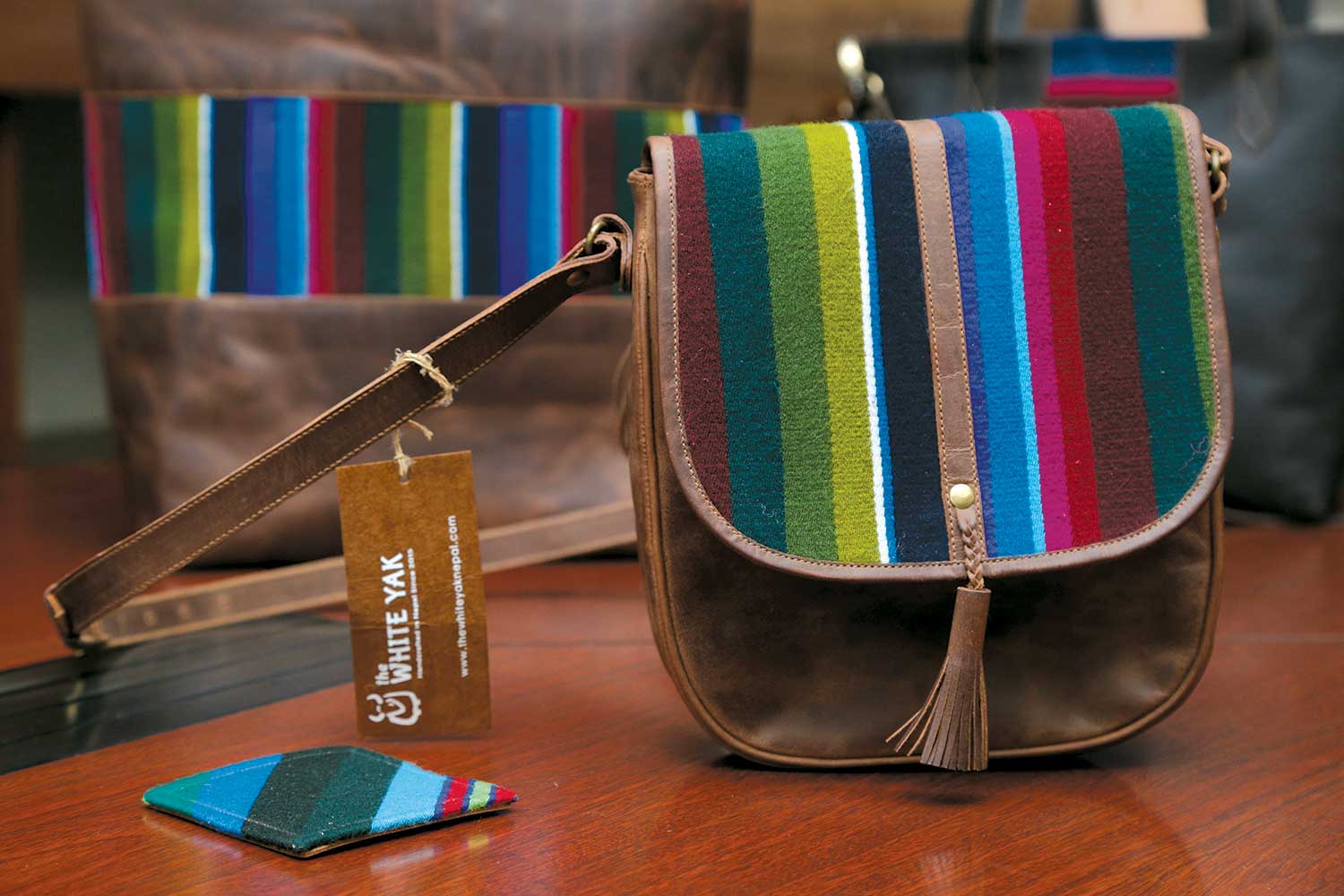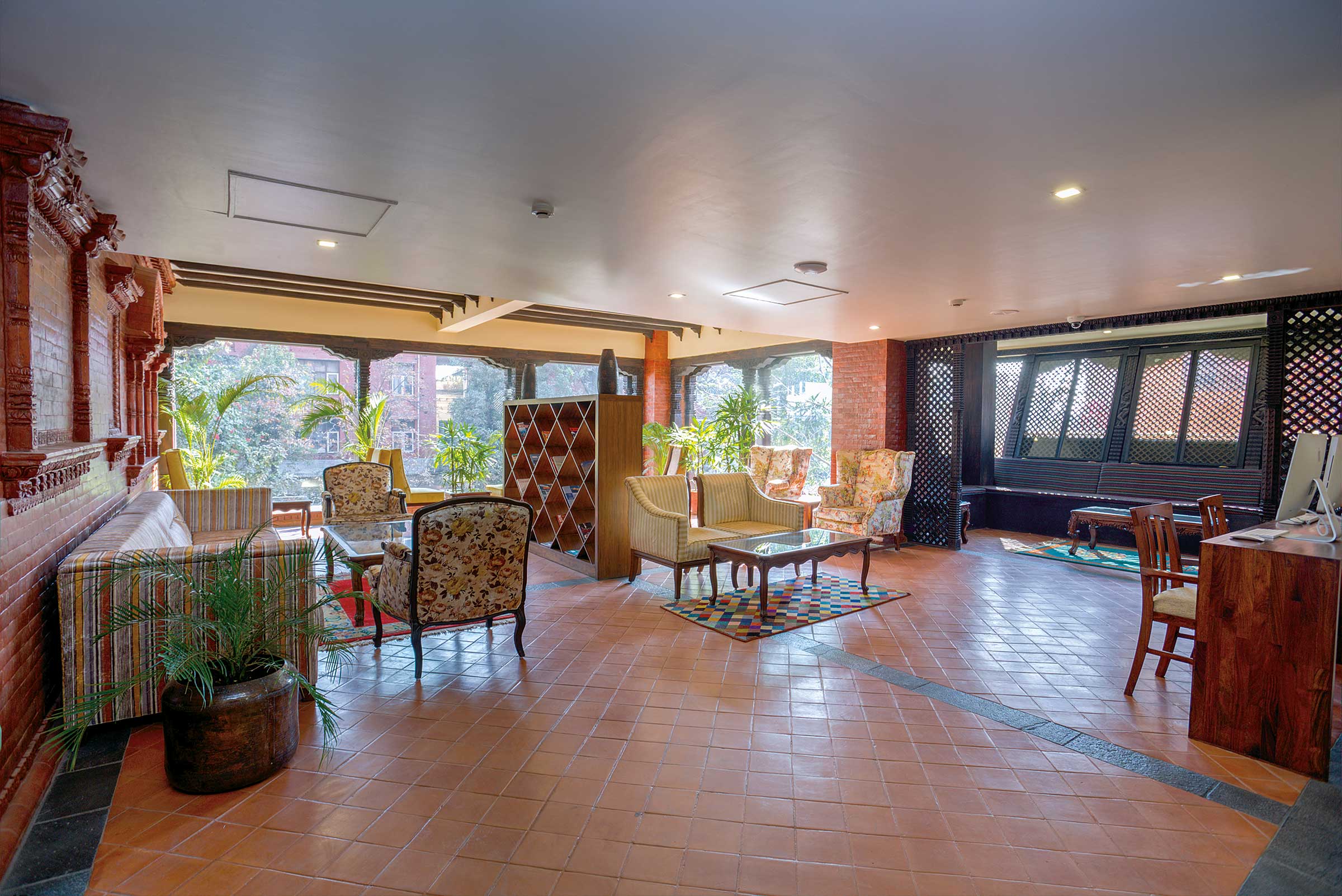The traditional lep still remains a mystery to many. Those who have taken this treatment have no complains about it: Instead, later on, they have become the perfect promoters of this traditional healing method.
 A few years ago, a fight had ensued when my mom once went to a vaidya (traditional healer) in Jaishi Deval for treatment of her stiff elbow. My mom had been in a road accident in which she broke her right elbow, but even after the fracture got better, her joint had stiffened. My elder sister, who is a doctor, argued that what she needed was physiotherapy, but my mom, after hearing stories from her friends and close relatives about lep, wanted to opt for the traditional lep laguane therapy.
A few years ago, a fight had ensued when my mom once went to a vaidya (traditional healer) in Jaishi Deval for treatment of her stiff elbow. My mom had been in a road accident in which she broke her right elbow, but even after the fracture got better, her joint had stiffened. My elder sister, who is a doctor, argued that what she needed was physiotherapy, but my mom, after hearing stories from her friends and close relatives about lep, wanted to opt for the traditional lep laguane therapy.
Moms always win arguments, and thus, as per her wish, she started going to Jaishi Deval, where the local vaidya would massage her elbow, rub a black paste over it, and then cover it with lokta paper and a bandage. This was called lep lagauney; something that I had never heard of before that point. However, stories of how this therapy had healed so many of her relatives came flying in. An uncountable number of accounts telling how this medicine has even outwitted formal medicine were a part of much-debated discussions at our dinner table.
Lep lagaune still remains unbelievable to many, who question this traditional means of healing, like my own sister. I was actually under the impression that slugs (chipple kira) was used to make the black paste, and I had literally believed this for years. So, is it?
“No, it is not made with chipple kira, the paste is made with 36 kinds of jadibutis (indigenous Nepali herbs),” says Chainka Devi of an establishment that does lep lagaune treatment in Patan, near Kuti Saugal. She has been using this therapy on patients for more than 20 years now. Her husband, Chandra Bahadur, has a whole generation behind him that also helped to heal wounds.

“My great, great, grandfathers have actually treated deeps cuts and wounds. They used to be called into darbars to treat kings, army personnel, and ministers. However, a few generations down, we started specializing in only one traditional medicine, that is, lep lagauney,” reveals Chandra Bahadur.
Lep lagauney, however, is still very mysterious to many Nepalis. It took me a while to find this place to do the story (being turned down in Jaisi Deval at the very place where my mom received her treatment). Although there are people who are still pursuing this healing method, not many know how lep works, and where you can get such treatment.
 Lep lagauney is actually a unique traditional treatment that helps to heal muscle spasms, nerve compression, bone erosion and injuries, cramps, and torn ligaments. The black paste sucks in the pain and relieves the patient. The treatment usually takes three to four days to work its charm, but needs to be continued for more than three weeks for proper healing. But, when the medicine does not work, it does not wear off easily, even when washed with water. The best way of knowing if the medicine has seeped underneath the skin, or not, is by observing the dried peel of lokta paper, which should come off easily after the medicine has done its job.
Lep lagauney is actually a unique traditional treatment that helps to heal muscle spasms, nerve compression, bone erosion and injuries, cramps, and torn ligaments. The black paste sucks in the pain and relieves the patient. The treatment usually takes three to four days to work its charm, but needs to be continued for more than three weeks for proper healing. But, when the medicine does not work, it does not wear off easily, even when washed with water. The best way of knowing if the medicine has seeped underneath the skin, or not, is by observing the dried peel of lokta paper, which should come off easily after the medicine has done its job.
I watch Chainka Devi give a massage to a patient from Kirtipur, who had recently dislocated his shoulder. Her hands are strong as she rubs the paste. I observe closely, as she slowly spreads the black paste on the shoulder of the patient, who looks at ease, and seems to have much confidence in her.
After a while, another person enters her door; he wants to know if lep lagauney can truly heal his pain. He asks, “What guarantee can you give me that my pain will go away?”
“What guarantee can I give to you? I can only say that people who have felt that the medicine has worked for them have kept coming back to treat their other pains when they got severe. Many a time, these people have sent their relatives to us, saying that it will help, and that is all I can say even today. If it works, you will know it for yourself,” replied Chainka Devi.
 Their family’s biggest proof of the medicine’s healing power is their own son Rakesh. Initially, when he was growing up, he was quite speculative about it. He hadn’t believed that lep could really benefit people. But, a few years ago, when he was suffering from a chronic nerve compression, his mother tirelessly massaged lep on the affected part, and a few months after that, he found that it really worked. Since then, he too has devoted himself to learning the technique of lep lagaune, including the immense knowledge required of medicinal herbs, as well as of the nerves in the human body.
Their family’s biggest proof of the medicine’s healing power is their own son Rakesh. Initially, when he was growing up, he was quite speculative about it. He hadn’t believed that lep could really benefit people. But, a few years ago, when he was suffering from a chronic nerve compression, his mother tirelessly massaged lep on the affected part, and a few months after that, he found that it really worked. Since then, he too has devoted himself to learning the technique of lep lagaune, including the immense knowledge required of medicinal herbs, as well as of the nerves in the human body.
“Do you think this traditional medicine will continue in the years to come? I mean, after all, this is a family vocation, how do you see it being continued in the future? Do you think it is possible to teach others?” I ask.
“Well, we don’t know if it will continue or not, our son took interest in it. Maybe, in time, some of our grandsons and granddaughters will take interest. But, even if they don’t, it’s okay, because things have to gradually change. We ourselves have changed the procedure of the treatment so much from what it used to be in our father and grandfather’s time. We have incorporated some of the modern techniques of medicine, too; change is inevitable everywhere in the world,” says Chainka Devi.
One of the reasons as to why this traditional treatment is still mysterious to many people is the secrecy under which it is shrouded. Families involved in it don’t reveal much information, primarily because they believe the skill is inherent in families, and that it cannot be gained through discourse.
“We also believe that, when people are just copying the methods, they will never actually get the medicine right. Plus, some secret ingredients are best if it remains within families, but we will happily give remedials for injuries. However, in time, this too might change. Let’s see,” says Chainka Devi.
After several visits to the lep lagaune establishment at Jaisi Deval, my mom proudly started sharing her own story of how lep has helped to move her stiffened elbow. She now goes on to say to people who have bone pains, “Lep lagauna jao, sachi bhaneko, thik huncha!” (Go and get a lep treatment, I am telling you, you will truly get better.)
However, I am not sure what has really relieved my mom’s elbow problem—traditional therapy or modern treatment—because she had treatment in both schools, the physiotherapist and the vaidya. Nevertheless, one cannot deny the good reviews of lep lagaune therapy, coming as they do from sufferers themselves.
God forbid, but if you ever have a cramp, muscle spasm, or torn ligament, maybe you want to consider this, as well.
P.S. Oh well, I am going to have another argument with my elder sister.











